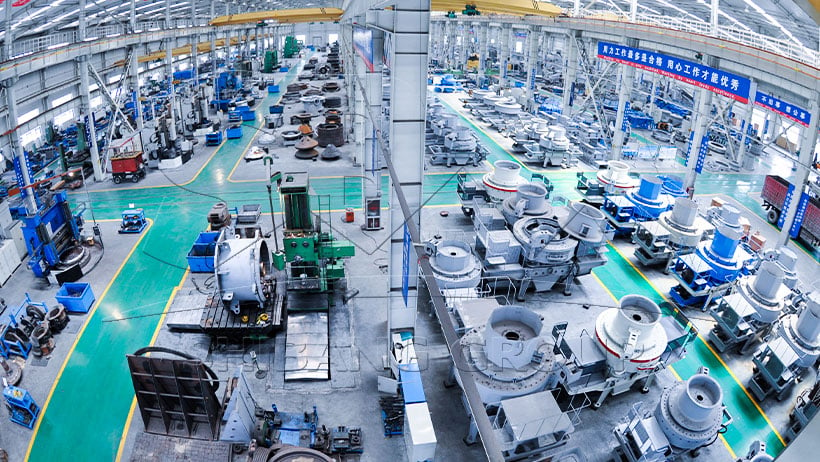Copper OreProcessing Technology
High Recovery Rate
Eco-friendly Production
Two common flotation methods
Usually, the beneficiation process is simple. Firstly, ore is ground until the material whose size is around 200mesh takes up 50%~ 70%. Next, the material would undergo coarse separation once, careful separation twice or three times and scavenging once or twice. If the copper ore is fine, phased grinding and separation process is adopted. For processing bornite, the rough concentrate would be ground again and sent to be separated carefully. Through coarse grinding, coarse separation and scavenging, coarse rough concentrate can be got which would be ground once more and separated carefully to produce high-grade copper concentrate and sulfur concentrate.
Because the brass and pyrite coexist in the dense copper ore, the brass is easy to be activated by the secondary copper minerals and the high content of pyrite is difficult to be separated. During separation, copper concentrate and sulfur concentrate need to be selected simultaneously. Usually, the tailing after the copper concentrate is separated is sulfur concentrate. If the gangue content is above 20%~25%, to get sulfur concentrate, it is necessary to separate the gangue further. For processing of dense copper ore, two-stage or even multi-stage grinding is needed and the requirement of fineness must be detailed.



SBM has been focusing on developing automation for aggregates projects and successfully released the intelligent IoT service.
More Detail
SBM operates spare parts warehouses to ensure swift delivery upon receiving a call, minimizing customer wait times. Additionally, we offer assistance in creating parts inventory schedules to prevent downtime.
More DetailPlease fill out the form below, and we can satisfy any of your needs including equipment selection, scheme design, technical support, and after-sales service. We will contact you as soon as possible.